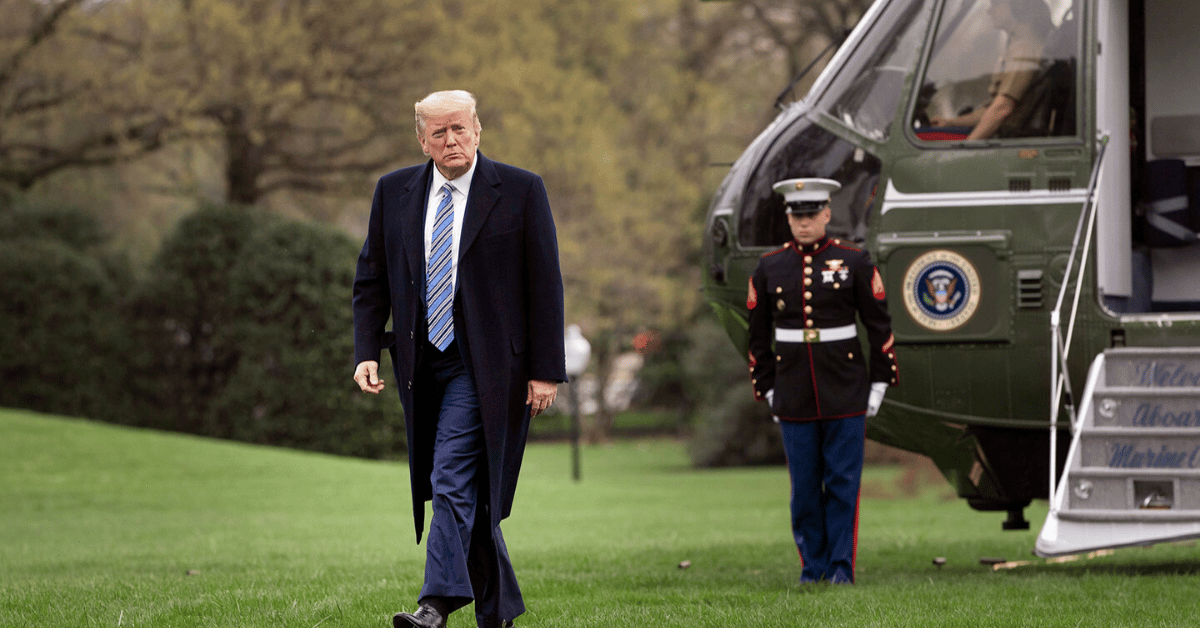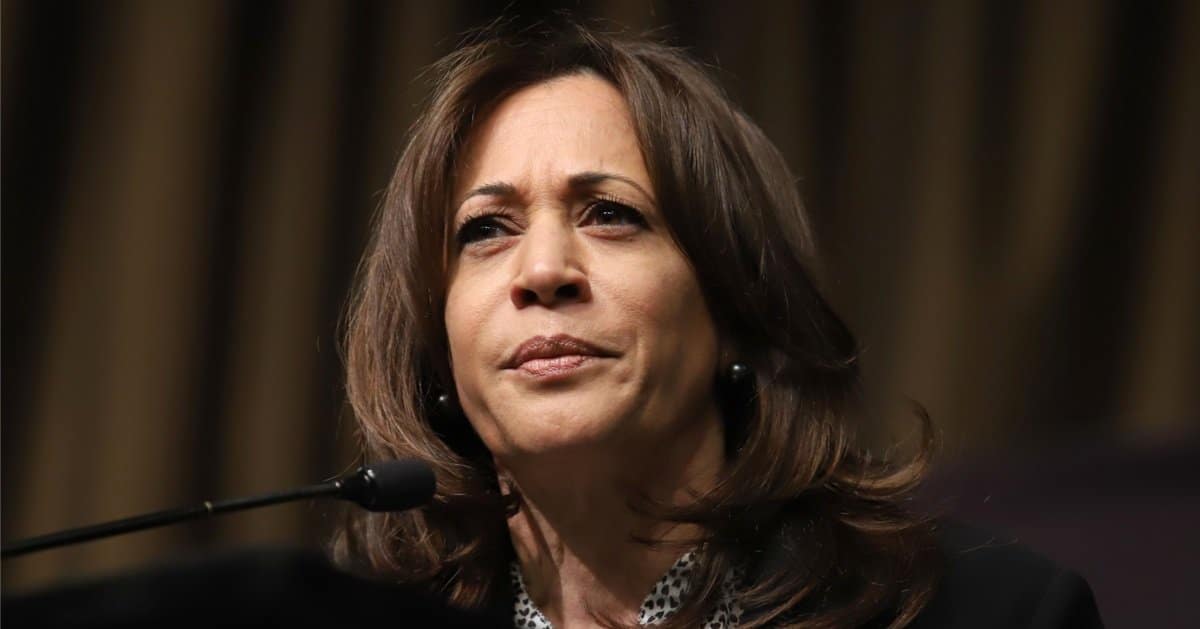




President Donald Trump is taking a bold swing at the homelessness crisis tearing through America’s cities. On July 24, 2025, he signed an executive order that could reshape how states and cities handle the issue. It’s a move that’s as ambitious as it is divisive.
Just The News reported that the order, titled "Ending Crime and Disorder on America's Streets," pushes federal agencies to prioritize grants for states and cities willing to move homeless individuals into rehabilitation centers.
This is no Band-Aid fix; it’s a direct challenge to the progressive policies that have left urban areas grappling with open drug use and crime. Trump’s plan aims to restore order while offering a lifeline to those struggling.
Trump’s directive doesn’t shy away from the scale of the problem. The order notes that 274,224 people were living on the streets on a single night last year—the highest number ever recorded. That statistic alone demands action, not more hand-wringing from the left.
The executive order calls out the failure of past programs. "The Federal Government and States have spent tens of billions of dollars on failed programs," it states, yet cities remain unsafe. Trump’s approach pivots to addressing addiction and mental health head-on, rather than letting tent cities fester.
Attorney General Pam Bondi is tasked with a critical role. She’s directed to reverse judicial precedents and end consent decrees that block cities from moving drug-addicted homeless individuals into treatment. This could untie the hands of local governments hobbled by woke legal barriers.
Trump’s order ties funding to enforcement. States and cities must crack down on open drug use, urban camping, loitering, and even monitor sex offenders to qualify for grants. It’s a tough-love approach that prioritizes public safety over coddling disorder.
Trump claims his plan is "humane" and will "restore public order." Critics will no doubt scream about heavy-handed tactics, but letting people languish in squalor isn’t exactly compassion. The order’s focus on rehabilitation over enabling could be a game-changer.
The executive order paints a grim picture of urban decay. "Endemic vagrancy, disorderly behavior, sudden confrontations, and violent attacks have made our cities unsafe," it declares. That’s a wake-up call for anyone who’s walked through a city lately and felt the tension.
Collaboration is key to Trump’s strategy. He’s directed Bondi to work with Health and Human Services Secretary Robert F. Kennedy Jr., Transportation Secretary Sean Duffy, and Housing and Urban Development Secretary Scott Turner. This cross-agency effort aims to funnel resources where they’re needed most.
The order fits into Trump’s "Make America Safe Again" initiative. It’s not just about homelessness; it’s tied to his broader crackdown on illegal immigration and urban crime. The left may bristle, but voters tired of chaos might see this as a breath of fresh air.
Washington, D.C., is singled out as a priority. Trump promised to clean up the capital, a hotspot for illicit drug use and crime. If successful, D.C. could become a model for other cities drowning in similar problems.
The order doesn’t specify how much funding will flow to states and cities. That ambiguity leaves room for skepticism—will the grants be enough to make a dent? Transparency on the numbers would strengthen the case.
The executive order doesn’t mince words about the homeless population. "The overwhelming majority of these individuals are addicted to drugs, have a mental health condition, or both," it states. Ignoring that reality has only perpetuated the crisis.
Trump’s plan hinges on moving people into treatment centers. It’s a pragmatic step, but one that will face pushback from those who see any intervention as an attack on personal freedom. The question is whether compassion means action or just looking the other way.



